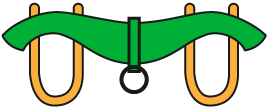TLH - Newsletter (englisch)
Used courtesy of Dickinson Cattle Co. USA

BRY - Experimenting Designs
Erstellt am: von Longhorn
by Darol Dickinson
Handling of cattle is not always easy, or totally safe, depending on personal skills and the right kind of equipment. Early in the Texas Longhorn business it was a rope and throw down for all branding. Later people designed their own squeeze chutes, panels and built their own trailers. In order to provide some safety ideas for cattle handling, look closely at these photos. Compare your equipment with these photos. It is about safety not only for people but cattle.
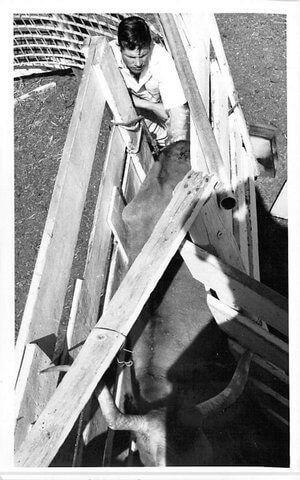
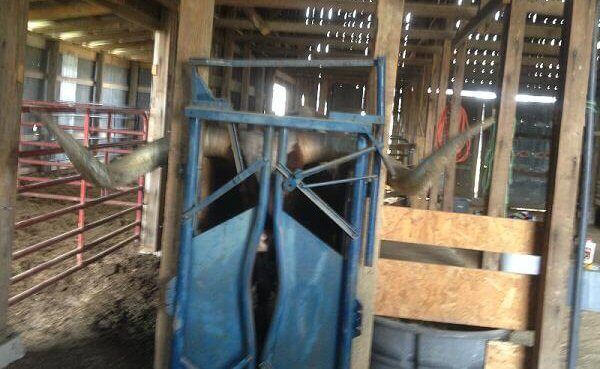
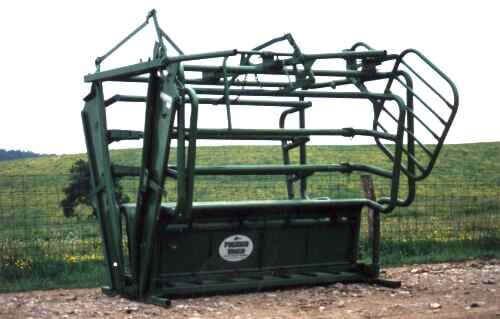

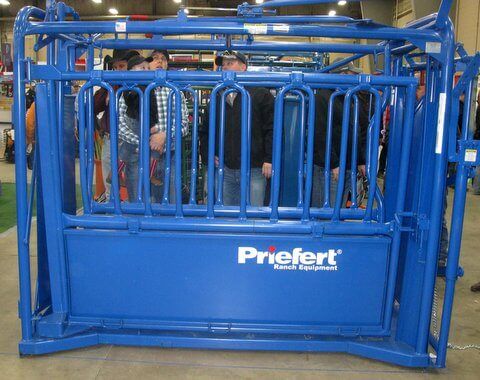
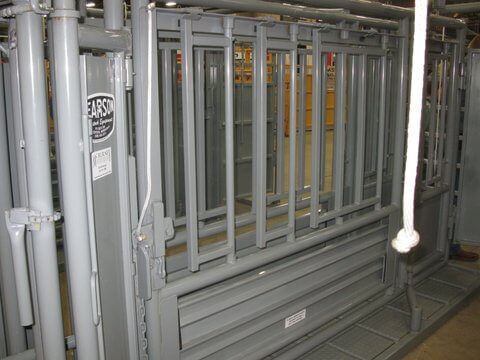


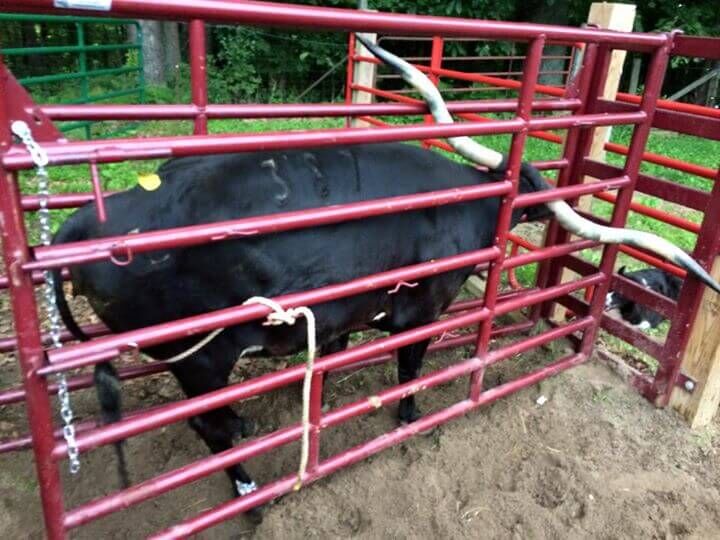

See the Bry You Tube at www.brychute.com Just $1900 plus shipping. Freight $450 to $750 in the USA.
Just because the design is for safe handling of horned cattle, it is even safer for poled cattle. Watch the Corral Design Video at:
https://rumble.com/voiiqh-cattle-corral-designs-for-efficiency-safety-and-economy.html
DCC Equipment, Barnesville, Ohio, 740 758 5050 or info@brychute.com
Dickinson Cattle Co., Inc.; 35000 Muskrat Rd.; Barnesville, OH 43713; 740 758-5050
